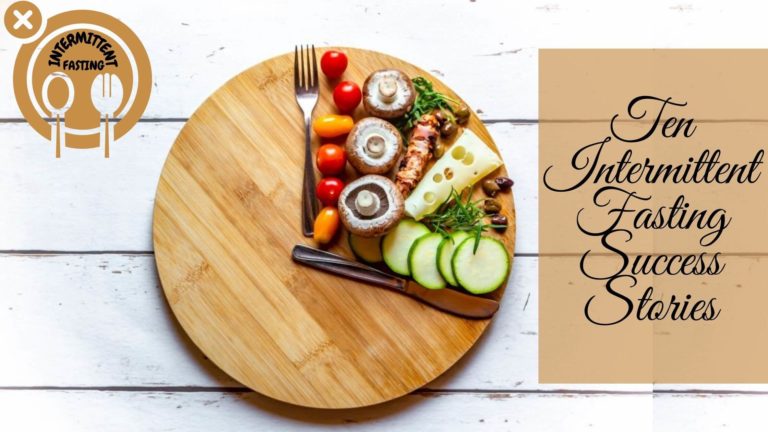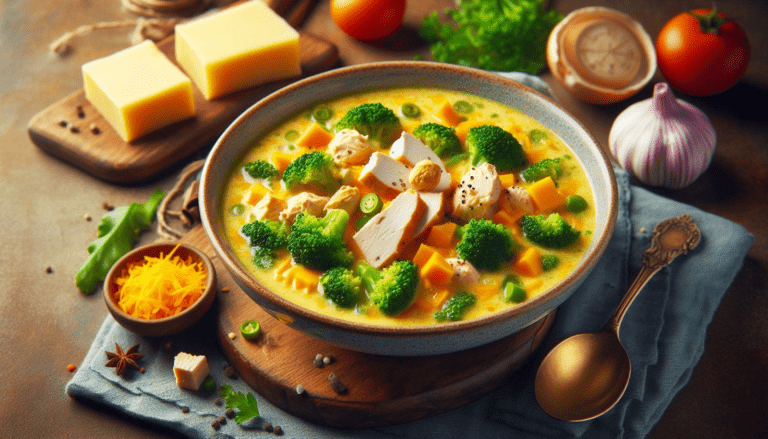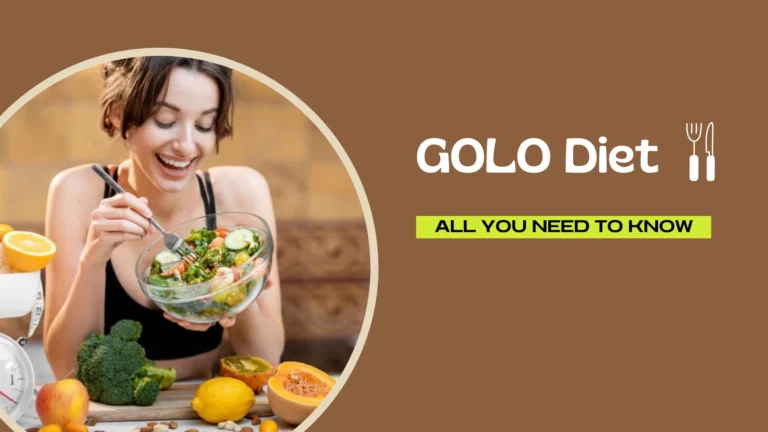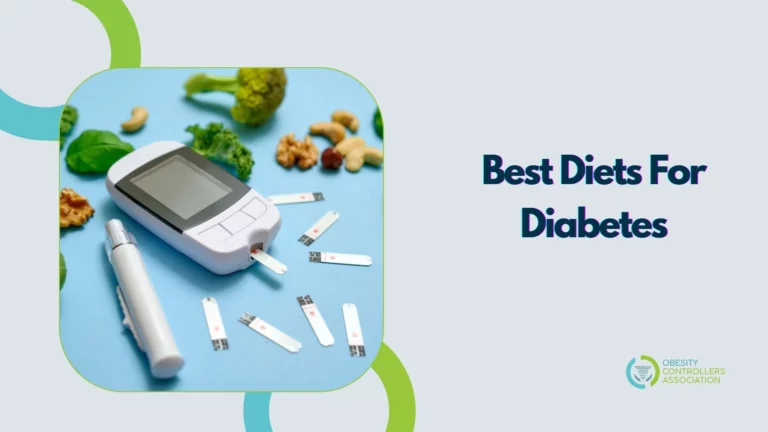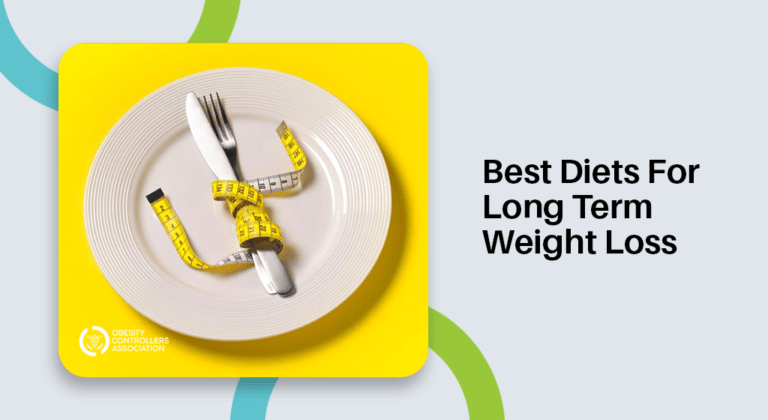What Are The Difference Between A Plant-Based And Vegan Diet?
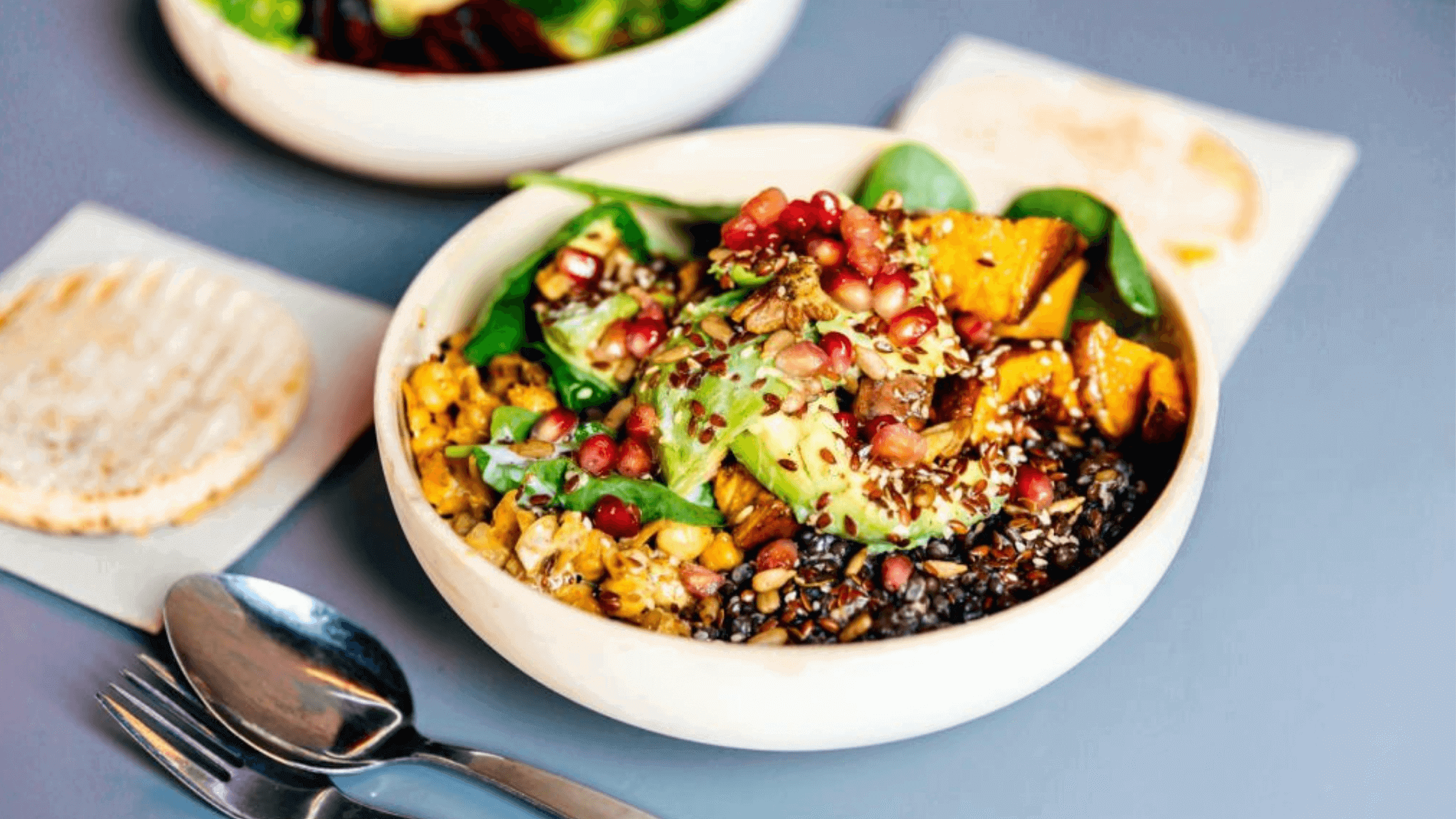
Do you know the difference between a plant-based and vegan diet? A lot of people don’t, but there is a big distinction.
Is Plant-Based Diet Healthy?
A plant-based diet focuses on consuming plants, while a vegan diet eliminates all animal products. Here, we will discuss everything about both diets and help you decide which is right for you!
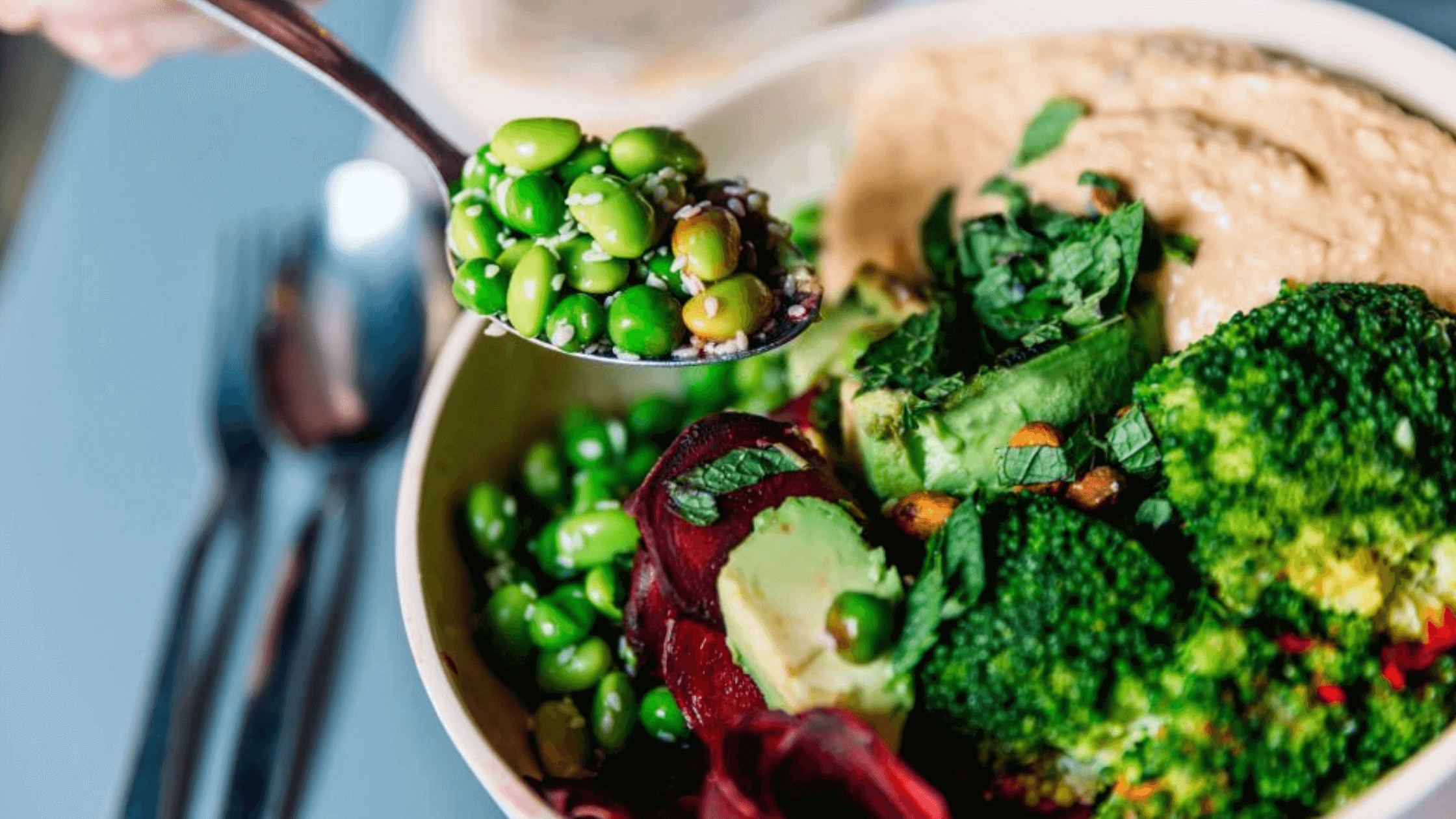
Before going into too deep, we will discuss some differences.
Main differences between plant-based and vegan diets:
1. A plant-based diet excludes all animal products, while a vegan diet excludes only meat and dairy products.
2. A plant-based diet may be healthier for you, as it is lower in saturated fat and cholesterol than a vegan or meat-based diet.
3. A plant-based diet can be more affordable than a vegan or meat-based diet.
4. A plant-based diet is better for the environment, as livestock production is one of the leading causes of climate change.
5. A plant-based diet can be more humane than a vegan or meat-based diet, as it does not involve the exploitation and slaughter of animals.
If you want to know more, keep reading.
Plant-based diet
A plant-based diet typically means eating mostly vegetables, fruits, whole grains, and beans. It excludes or minimizes meat, dairy products, and eggs.
A plant-based diet has many health benefits. It can help you lose weight or maintain a healthy weight, lower your risk of heart disease and other chronic diseases, and protect the environment.
- What are the benefits?
Plant-based diets have offered many health benefits, including a reduced risk of heart disease, stroke, and some types of cancer.
Plant-based diets are also lower in saturated fat and cholesterol than meat-based diets, and they are typically higher in fiber, antioxidants, vitamins, and minerals. This combination of nutrients can help to protect against chronic diseases like heart disease, stroke, and diabetes.
- How to transition to a plant-based diet gradually
There are a few different ways to transition to a plant-based diet gradually. One way is to start by incorporating more plant-based meals into your diet and slowly reducing the amount of meat and animal products you consume. Another way is to start by switching out one animal product for a plant-based alternative each week. For example, if you normally have eggs for breakfast, you could try having ripe bananas instead. Or, if you typically have chicken for dinner, you could try lentils or black beans. Making small changes like this can help you transition to a plant-based diet gradually and successfully.
- The best plant-based foods to eat for optimal health
There are a variety of plant-based foods that can be eaten for optimal health. Some of the best options include fruits and vegetables, whole grains, legumes, and nuts. Eating various foods will provide your body with the nutrients it needs to function properly. Additionally, limiting processed foods and eating plenty of water will also help improve your overall health.
- Plant-based meal ideas for breakfast, lunch, and dinner
There are plenty of delicious plant-based recipes for breakfast, lunch, and dinner. Here are a few ideas to get you started:
Breakfast:
-Overnight oats with fresh fruit and nuts
-Avocado toast
-Smoothie bowl
-Chia pudding
Lunch:
-Vegetable soup
-Salad with grilled tofu or tempeh
-Black bean burger
-Falafel wrap
Dinner:
-Butternut squash risotto
-Roasted vegetables with quinoa or rice
-Spaghetti squash with vegan marinara sauce.
- The pros and cons of a plant-based diet
A plant-based diet has many potential health benefits, including reducing the risk of heart disease, stroke, diabetes, and some forms of cancer. However, it can also be low in certain nutrients (such as iron and vitamin B12) if not planned carefully. Speak with a registered dietitian to learn more about making a nutritious plant-based diet work for you.
Vegan based diet
The term “vegan” can refer to either a person who follows a vegan diet or to the diet itself. A vegan diet excludes all animal products, including meat, dairy, eggs, and honey. Vegans also avoid using products that contain animal ingredients, such as leather and fur. Some people choose to follow a vegan diet for ethical reasons, while others do it for health reasons.
- What are the benefits of a vegan diet?
The benefits of a vegan diet are many and varied. For one, it is a very healthy way of eating associated with lower rates of heart disease, obesity, and cancer. Additionally, it is kinder to the environment than a meat-based diet, as it requires less water and land to produce. Finally, it can be a great way to reduce your carbon footprint and help fight climate change.
- How to transition to a vegan diet
It’s pretty easy to transition to a vegan diet. Here are the basic steps:
1. Make a list of all the foods you currently eat and circle the items that are either animal-based or processed foods.
2. Start by eliminating all the circled items from your diet, and replace them with plant-based equivalents.
3. Gradually add more plant-based foods to your diet until eliminating all animal-based and processed foods.
- Vegan meal ideas for breakfast, lunch, and dinner
-Breakfast: Overnight oats with fruit, avocado toast, chia pudding
-Lunch: Vegetable soup, black bean burger, lentil salad.
-Dinner: Spaghetti squash with marinara sauce, roasted vegetables, quinoa bowl with salsa and beans
- The pros and cons of a vegan lifestyle
The pros of a vegan lifestyle include the health benefits associated with a plant-based diet and the ethical and environmental benefits of not consuming animal products. The cons of a vegan lifestyle can include difficulty getting enough nutrients, such as protein and calcium, and social challenges, such as dealing with family members or friends who don’t understand your choice. Ultimately, the pros outweigh the cons for many people who choose to live this way.
